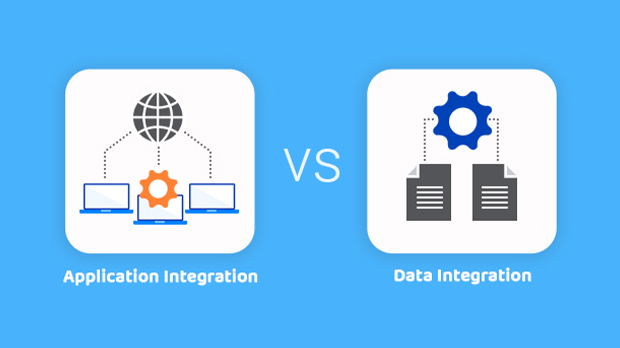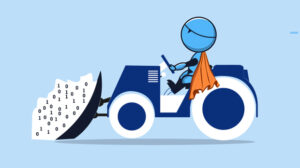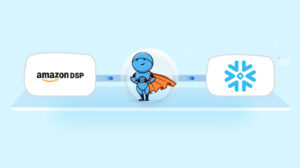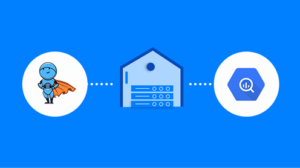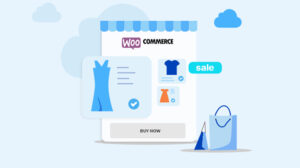CIOs and CTOs are now deeply entrenched in significant planning for digital transformation initiatives for their organizations that look at the consolidation of various data assets or making sure all applications work with each other in a seamless way. During these conversations, one gets to hear the terms Application integration and Data integration frequently. The purpose of this article is to figure out the meaning behind these terms and also to differentiate between these two technical concepts
What is Application Integration
Due to various digital initiatives that various parts of an organization would have gone through an IT department grapples with the maintenance of many applications using various datasets in silos. A lot of the data used by these applications is the same but is used in different schemas and formats by different applications. Most of the time this data is event-driven and needs to be updated in real-time. A most commonly sighted example is an “Employee Name” that is used across different applications in an organization for various processes like Payroll, Asset Management, Email and ID management, Security applications, Project tracking, Resource Utilization, and other operational applications. When a new Employee Name needs to be added to the system, the new data element needs to get updated across the data sets used by all the applications in real-time. Many times data from one application needs to be sent to other applications in real-time. Also, the schemas used by each application vary. The differences could be in the way each field is defined. This needs a data transformation pipeline to be implemented after the data is pulled from one application and before another application can use it. This transformation should not impact the way data is stored for each application.
To resolve these gaps, Application integration software is used. It sends data between multiple OLTP applications and acts as a middleware that takes care of the appropriate data transformation between source and destination applications. Knowledge of business logic is key to configuring and building an Application integration software. Also, understanding how the data is used from a business point of view is key to doing application integration correctly.
What is Data Integration
Data integration is the process of bringing data from disparate sources into one data repository. During this process, generally data is replicated into a single data warehouse. This data then can be utilised to power applications that bring out significant insights about an organisation or process. These are typically business intelligence, analytics and reporting applications. Operational databases can also be consolidated through the data integration process.
Data Warehouse schemas are built on an “as needed” basis based on the applications they need to power. Since these schemas are dynamic, engineers can add and delete rows and columns as they need. Tables can be created based on the applications they need to power.
For data integration, generally periodic batches are run with the frequency determined by the size of data and the urgency of data integration. Once data is integrated, large possibilities for predictive analytics open up too
For data integration, understanding of business logic is not necessary and therefore can be performed relatively safely without inducing any significant bugs in the applications.
Conclusion
Once we understand the two processes i.e Application Integration and Data Integration, we can now understand the context of the usage of each term. Asking whether application integration is better than data integration is not the right question. What is the right approach for your organization? Are you looking for building a new predictive application by using all the data assets at your disposal? In that case, you should go for Data integration first and then build an application on top of it. On the other hand, if you want to better manage your existing applications with real-time data updates. In that case Application integration is the way to go without making any significant changes to your application. Some of the popular software’s for application integration are Talend, Mulesoft, Jitterbit and Dell Boomi.
